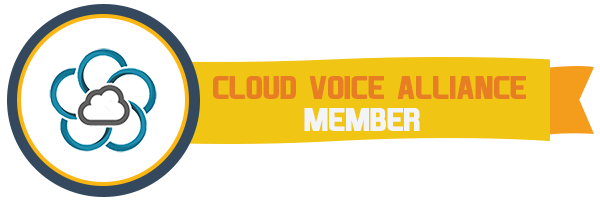Telecom Terms
Telecom terms can be confusing. There are a lot of buzzwords thrown around that you might not know what they mean. Here is a list of common acronyms and what they stand for.
DID – Direct Inward Dialing
Also called DID numbers. These numbers are provided by your dial tone provider when you have either SIP Trunks or PRI service. DID numbers can be a useful feature for companies that require staff to be able to be reached by calling direct numbers and not needing every call to route through a main reception or operator position.
ITSP – Internet Telephony Service Provider
An ITSP is a company that provides Cloud based telecom services such as SIP Trunks or Cloud Telephone Systems via the internet rather than traditional ‘phone lines’.
LAN – Local Area Network
This includes all your network cabling or wireless infrastructure, network firewalls and switches and any other hardware inside your office that connects all your computers and perhaps telephones to other areas of your office as well as internet connectivity.
LNP – Local Number Portability
The FCC mandates Local Number Portability. This allows you to move your telephone number in most cases from one carrier to another. For example if you have telephone service with Company A right now, but you’re moving your service to company B – then you are porting your number.
PBX – Private Branch Exchange
A common term that is used to designate a phone system. Other terms might be KSU, Switch, System.
POTS – Plain Old Telephone Service
Traditional phone lines from ‘back in the day’. There are still uses for POTS lines even today, however with all the new technologies available – POTS lines are declining in popularity but are still used frequently for fire and security system lines, credit card terminal and postage machine lines, fax lines, etc.
PRI – Primary Rate Interface
A PRI is a high capacity circuit that has been available from traditional telephone companies for years. This is a circuit that can deliver up to 23 ‘lines or trunks’ to a business. A PRI is a much more cost effective way for businesses to obtain a large quantity of phone lines at a much more reasonable price. Additionally – a PRI does support DID numbers.
PSTN – Public Switch Telephone Network
PSTN simply refers to the local, long distance, and international phone system which we use every day. In some countries it’s only one phone company. In countries with competition, e.g. the United States, PSTN refers to the entire interconnected collection of local, long-distance, and international phone companies, which could be thousands.
QoS – Quality of Service
When using VoIP telephones or SIP trunks in your office, it may be necessary to implement QoS. Utilizing either additional hardware or network configuration – your voice traffic is prioritized higher than your internet/network traffic. Taking these additional steps can improve voice quality on a congested network.
SIP – Session Initiation Protocol
SIP trunks are ‘phone lines’ or ‘dial tone’ over the internet. SIP trunks ‘appear’ to the customer just like a PRI. DID numbers are available as well as automatic failover to predefined phone numbers should your internet go down. SIP trunks can be a great way for a smaller business to utilize some features found typically in larger businesses such as DID trunks.
VoIP – Voice over Internet Protocol
VoIP is a technology that allows your business to use your internal computer network (LAN) and/or the Internet to carry voice traffic. When making a VoIP call, your voice is converted into data packets, travels across the network and/or internet to its destination where its converted from data packets back into the original speech.










